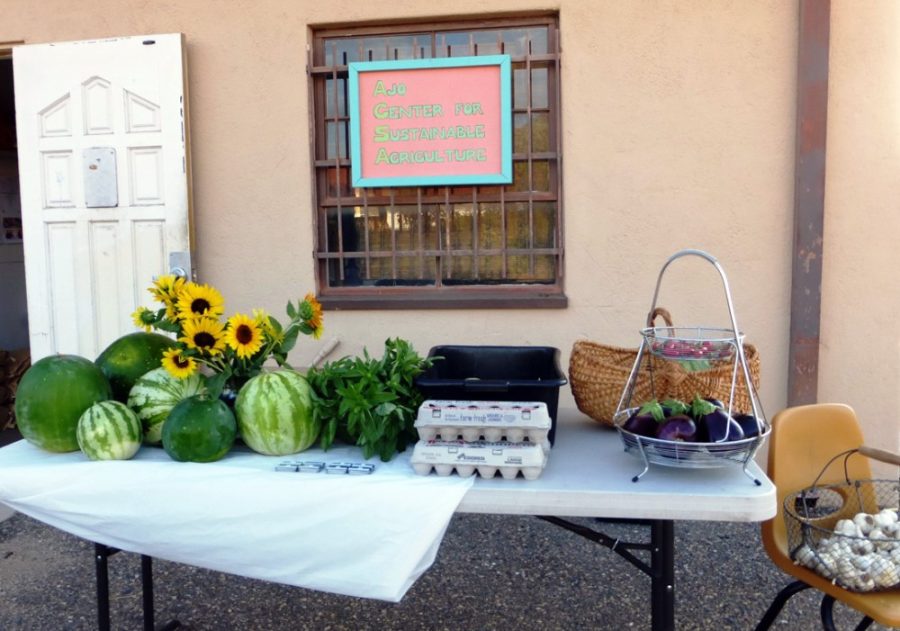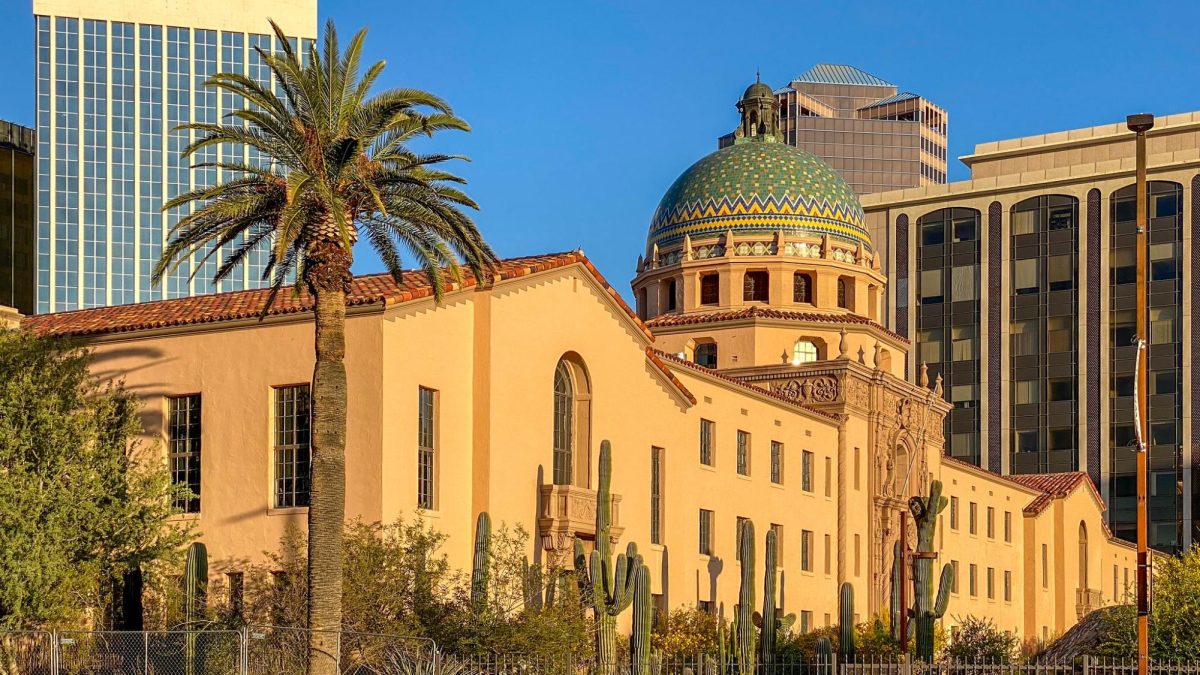Imagine making a 100-mile trip every time you need fresh produce. More than 700,000 Arizona residents have no other option.Arizona’s largest county, Maricopa, has 55 food deserts, and the residents make up more than half of Arizona’s population, according to the Food Desert Locator released by the U.S. Department of Agriculture.
Food deserts are categorized as low-income, low-access neighborhoods that lack affordable fresh produce, according to the USDA. More than 23 million Americans live in food deserts.
In 2010, the Current Population Survey released by the USDA showed one in five Arizonans lived in poverty, tying Arizona with New Mexico for the fifth highest percentage of residents living in poverty. Food deserts usually exist in rural areas and low-income communities.
These statistics can be seen in the food desert area of Ajo, located in Pima County. Ajo has a population of fewer than 4,000 with one local grocery story and is roughly 100 miles away from other neighboring grocery stores. The majority of all produce gets shipped to Ajo.
“But what happens when the prices of gas and trucking goes up?” said Gayle Weyers, a community gardener. “Ajo might just pass away; it might die.”
In order to address the issue of fresh produce shortage, Fran Driver, chief executive officer of Desert Senita Community Health Center in Ajo and Nina Sajovec Altshul, director of the Ajo Center for Sustainable Agriculture, promoted a unity garden. Participants grow food locally with the Ajo Regional Food Partnership that was formed five years ago to create a local food system and move Ajo from food desert category to becoming food oasis.
“This new partnership has really increased the supply of food,” Weyers said.
Weyers has been living in Ajo for 12 years with her husband. Three years ago, both she and her husband started a fruit and vegetable garden. Recently, Weyers purchased fruit trees worth $300.
Since the partnership began in 2009, Ajo has expanded its garden surface by 40,000 square feet. The partnership started with growing 100 pounds of food, and now in 2014, the gardens are growing more than 3,000 pounds per year. After the five-year partnership, more than 50 families are now involved in local gardening, according to the Ajo Regional Food Bank.
Although Ajo has one local grocery food, Weyers and her husband buy whatever they can find at the market and try to plant everything else.
“I personally can see the increase of attendees at the food market,” Weyers said, “and I can personally see the amount of people that stop at our gardens to talk about food and how they can start a garden on their own.”
The community is pushing for more growth in their gardens to sustain more jobs and more locally planted produce. The community received a $96,500 grant from the USDA for two years to improve the capacity of food growth for the farmers market.
Another town in Arizona that is facing the shortage in fresh produce is San Manuel, part of Pinal County, which is more than 50 miles away from Tucson and more than 100 miles away from Phoenix.
Just 20 square miles small, San Manuel has one small grocery market that carries some produce but is typically expensive or the quality is poor, said Joanna Diaz, food service director for Mammoth San Manuel Unified School District.
Most of San Manuel residents work in neighboring towns and rely on other cities to get their fresh fruits and vegetables. Diaz, who was born and raised in San Manuel, relies on her husband, who works in Tucson to buy fresh produce.
“We’ve always gone to Tucson to buy groceries, and that has been since I was a little girl,” Diaz said. “I think the older people in their 70s have a harder time making those trips, and they either have kids that make the trip for them or they eat fast food.”
It was cost effective for people to continue buying their produce from Tucson when they had to make the drive for work. Eventually, the market went out of business.
“Kids are relying on fast food because they want to,” Diaz said. “You have parents that are working all day and they don’t want to cook, so they buy all the French fries and hamburgers.”
Providing a community with fresh produce has to first start with educating not only the children but the parents, said Edith Harrison, retired food service director for Mammoth San Manuel School District, who has been living in San Manuel for 59 years.
“It’s not about the ability to get fresh fruit and vegetables,” Harrison said. “It’s about the inability of the people to seek it for their children and get it. They wouldn’t give it to their children if it was sold right here in the town, because I don’t think they were raised on fruit and vegetables.”
Harrison said students must be taught at a young age to eat fresh vegetables and fruits in order for that habit to carry over into adult life.
Harrison believes that the number one solution to saving San Manuel is by educating the parents to teach their children at a very young age what food they want them to grow to eat.
“For our town, I think you need to teach the parents that they have to present produce to their babies,” Harrison said. “They can’t say at age 5, ‘My little girl doesn’t like that.’ Well, of course she doesn’t if she hasn’t been taught to eat it.”
The need for fruit and vegetables is essential to children, but Harrison said, unfortunately, children in San Manuel are not raised on that concept.
“Their vegetable was French fries,” Harrison said. “I’m terrified for San Manuel.”
Harrison has been out of the food service for 10 years, and in the last 10 years, she said she has seen obesity rise in the children of San Manuel. Harrison added that she is surprised by the amount of people who cannot afford their rent, yet they still bring junk food into their houses.
“You have to start with education,” Harrison said. “You try it with the kids, but where it really has to start is with the 20-year-old mothers. They have to understand that those babies need to be feed something besides hot dogs and French fries. They need to eat fruit, but you can’t wait until their 10th birthday to introduce them to these things.”
_______________
Yara Askar is a reporter for the Arizona Sonora News Service.
Read the full story here: Arizona communities fighting food desert









